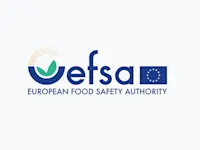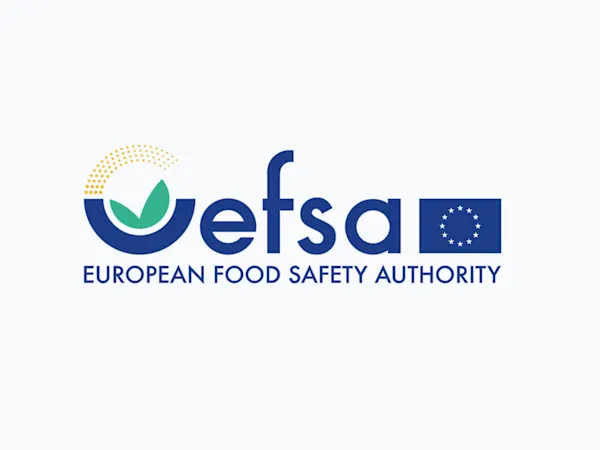
EU Ministers Press Commission on Delayed REACH Revision Amid Industry and Environmental Demands
EU Member States urge the Commission to accelerate the REACH revision, citing urgent health, environmental, and industry competitiveness needs.


On 8 August 2025, the European Commission adopted a regulation updating Annex XVII of REACH to include newly classified CMR (carcinogenic, mutagenic, or reprotoxic) substances. The measure aims to enhance consumer protection by restricting these chemicals in products available to the general public. The new rules will apply from 1 September 2025, with a critical derogation for cumene in aviation fuels, following extensive industry feedback.
The update implements changes to Appendices 2, 4, 6, and 11 of Annex XVII, aligning REACH with Commission Delegated Regulation (EU) 2024/197, which reclassified several substances as CMR category 1B. This means these substances, when present in consumer products above threshold concentrations, will be prohibited for general public supply.
Among the newly restricted substances are:
These additions expand REACH’s protective scope and place new obligations on manufacturers, distributors, and importers across the value chain. Companies must reassess formulations, packaging, and labelling before the September 2025 enforcement date.
During the consultation, numerous industry associations provided strong feedback in favour of a cumene exemption. The General Aviation Manufacturers Association (GAMA) highlighted the essential role of Avgas and kerosene containing cumene in supporting the operations of around 80,000 aircraft used by 600,000 private and recreational pilots across 4,000 EU airports. GAMA welcomed the proposed derogation, stating it ensures legal certainty and continuity of operations.
Similarly, FuelsEurope called for an expansion of the derogation to include all relevant aviation fuel standards and requested future clarity for other low-risk fuel uses. Their feedback stressed that these fuels are used in closed systems where public exposure is negligible. Austrian trade association WKO/FVMI also noted the need for structural solutions rather than piecemeal exemptions to avoid repeat regulatory hurdles in the future.
A key outcome of the consultation process was a targeted exemption for cumene, a substance previously restricted under REACH for consumer use due to its CMR classification. Used in small quantities in aviation gasoline (Avgas) and kerosene (Jet-A/Jet-A1), cumene is now exempt under Appendix 11 for aviation fuels that meet specific industry standards such as DEF STAN 91-090/091 and ASTM D1655/D910/D7547.
Without this derogation, fuel supplies for non-commercial aviation could have been disrupted—despite their low exposure risks and technical handling safeguards.
This update has wide-ranging implications for:
While the cumene exemption provides relief to the aviation fuel supply chain, the broader industry must prepare for similar future restrictions as the EU continues its commitment to phasing out harmful substances.
Foresight continuously tracks 1000s of sources and maps updates to your portfolio:




EU Member States urge the Commission to accelerate the REACH revision, citing urgent health, environmental, and industry competitiveness needs.

The EU has classified DBDPE as a substance of very high concern (SVHC) due to vPvB properties, affecting manufacturers and downstream users of flame retardants.

EFSA launches consultation on updating its Weight of Evidence and Biological Relevance guidance, aiming to streamline chemical risk assessment practices.
Subscribe to Foresight Weekly and get the latest insights on regulatory changes affecting chemical compliance.
Free forever. Unsubscribe anytime.
Read by professionals at